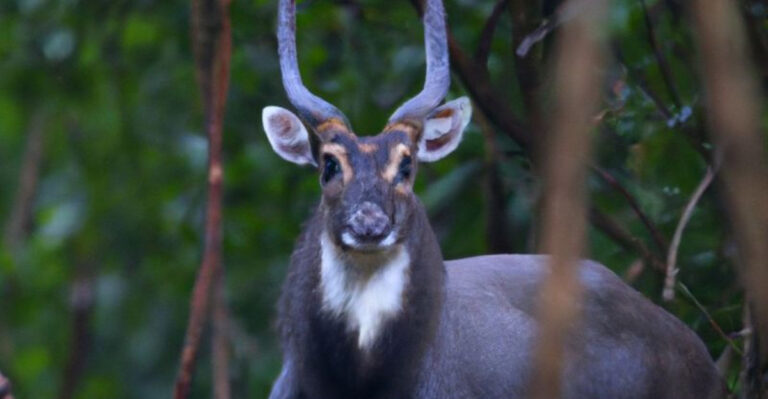What We’ve Learned From 25 Years With The Wolves Of Yellowstone
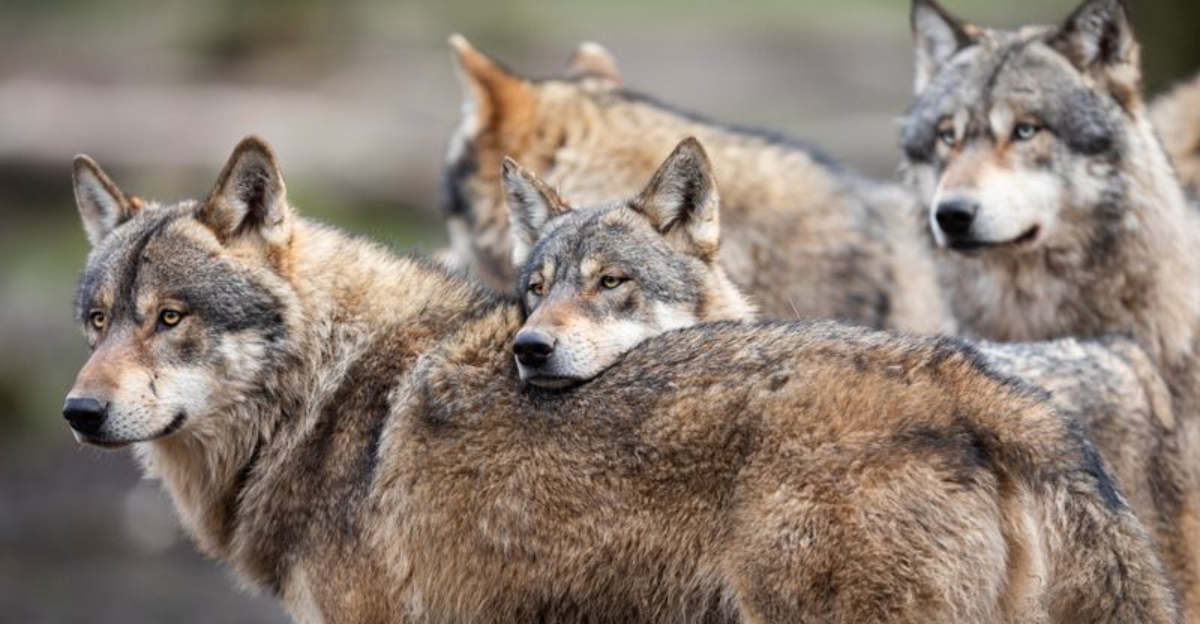
In 1995, gray wolves returned to Yellowstone National Park after a 70-year absence. This bold experiment in wildlife restoration has transformed not just the park but our understanding of ecosystems.
Scientists have watched closely as these apex predators reshaped Yellowstone, teaching us valuable lessons about nature’s complex connections.
1. The Return That Changed Everything
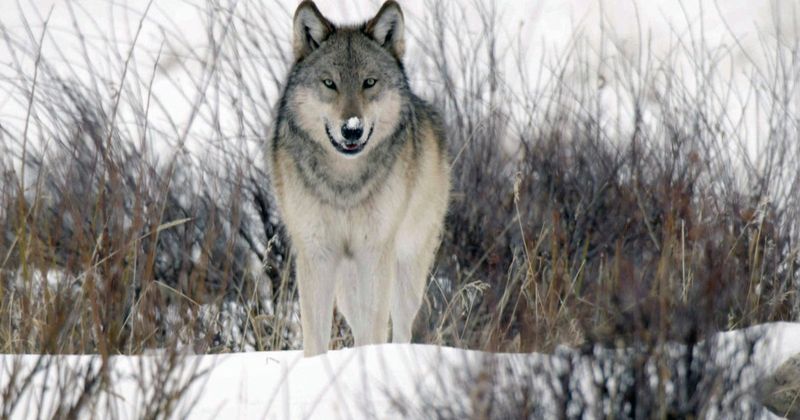
January 12, 1995 marked a turning point for American conservation. Fourteen Canadian wolves stepped into transport crates, unaware they would rewrite ecological history.
Their release ended seven decades of wolf absence in Yellowstone. Within months, these pioneers began establishing territories and hunting, triggering changes nobody fully predicted.
2. How Wolves Reshaped Yellowstone’s Ecosystem

Scientists discovered a phenomenon called ‘trophic cascades’ playing out before their eyes. One predator’s return created rippling effects throughout the entire food web.
Rivers changed course. Plant communities thrived. Animal populations shifted in unexpected ways. This real-world experiment proved ecosystems function like intricate machines where removing or adding one gear affects everything else.
3. Predator And Prey Find New Balance

Gone are the days when elk lounged carelessly in open meadows. Fear of wolves created ‘landscapes of fear’ where prey animals changed their behavior dramatically.
Elk now avoid certain areas and stay vigilant. This dance between predator and prey demonstrates nature’s inherent checks and balances. The relationship proves far more nuanced than simple population control.
4. Elk Populations Shift Over Time
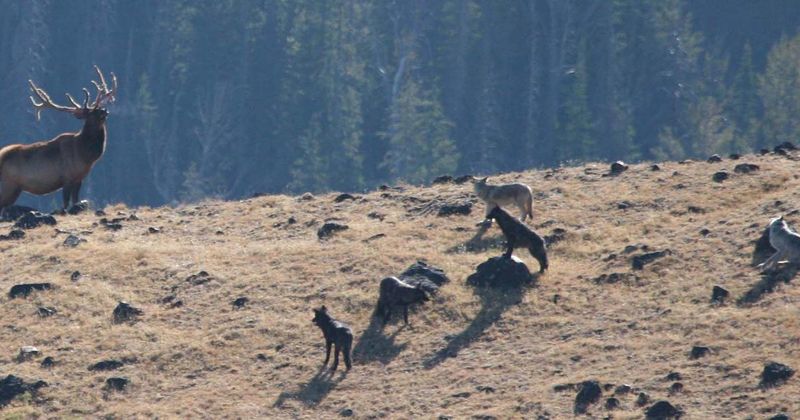
Before wolves returned, approximately 19,000 elk roamed Yellowstone unchecked. Their numbers have since dropped to roughly 6,000-8,000, creating healthier balance.
Wolves primarily target vulnerable animals – the old, young, and sick. This selective pressure improves overall herd health. Contrary to early fears, elk haven’t disappeared but adapted to coexist with their ancient predators.
5. Ripple Effects On Vegetation Growth

Aspen trees tell a remarkable comeback story. For decades, hungry elk devoured young saplings before they could mature. Now stands of young aspen reach skyward throughout the park.
Willows along riverbanks grow tall again. Berry-producing shrubs flourish where once they were browsed to nubs. This vegetation recovery represents one of the most visible and dramatic effects of wolf reintroduction.
6. The Unexpected Rise Of Beavers
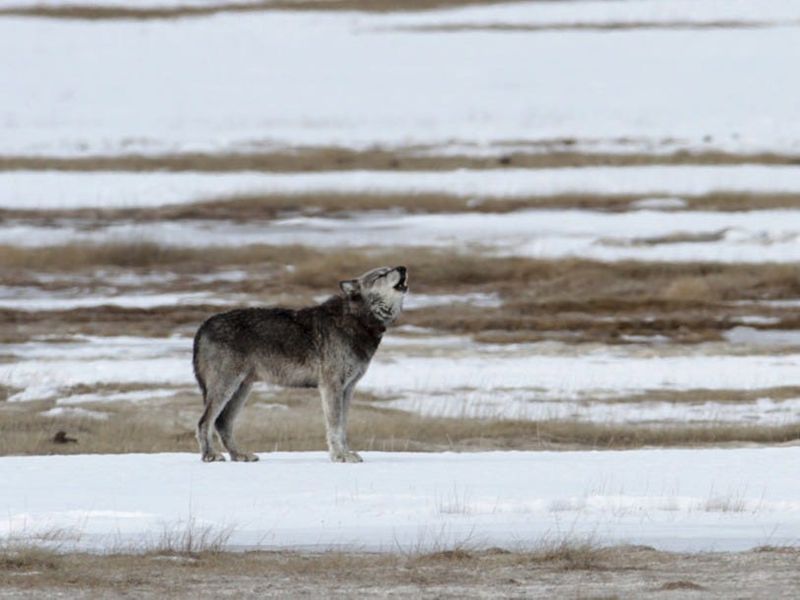
From just one colony in 1995 to over nine today, beavers have staged a remarkable comeback. Their engineering prowess creates wetland habitat for countless species.
Wolves made this possible by reducing elk browsing on willow – the beaver’s primary building material. These industrious rodents now reshape Yellowstone’s waterways, creating rich habitat mosaics that benefit fish, amphibians, and birds.
7. Scavengers Benefit From Wolf Kills
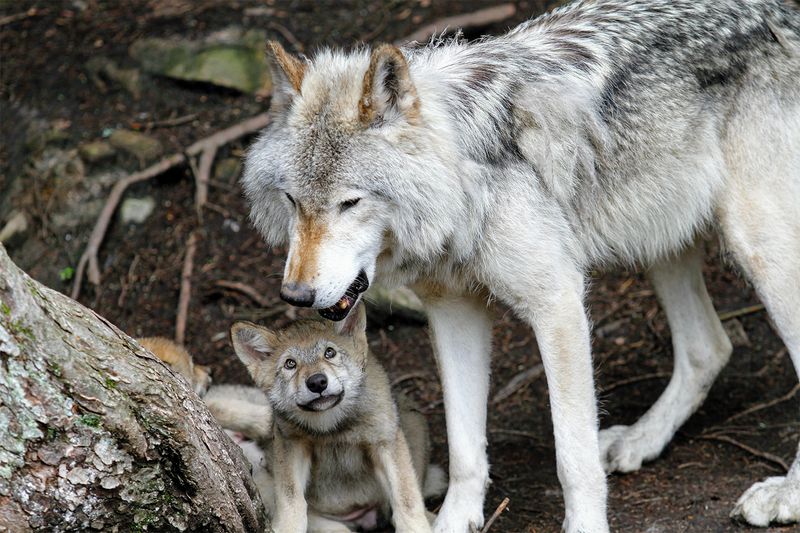
A wolf-killed elk becomes a feast for dozens. Ravens arrive first, followed by magpies, eagles, and eventually bears and coyotes.
These leftover meals sustain at least 12 scavenger species through harsh winters. Research shows some species, like ravens, have developed strategies to follow wolf packs, knowing they’ll lead to the next meal.
8. Tourism And Public Fascination Grow

Wolf watching pumps an estimated $35 million annually into local economies. Dedicated wildlife enthusiasts brave pre-dawn cold for glimpses of these elusive predators.
The Lamar Valley has become America’s Serengeti, where visitors can witness wild wolves hunting, playing, and raising pups. This tourism boom demonstrates how conservation can benefit both wildlife and human communities.
9. Ranchers Voice Ongoing Concerns

Outside park boundaries, not everyone celebrates the wolf’s return. Ranchers report livestock losses and feel their livelihoods threatened.
Finding middle ground between conservation and agricultural interests remains challenging. Innovative solutions like range riders, fladry barriers, and compensation programs show promise but haven’t eliminated conflicts entirely.
10. The Debate Over Wolf Management
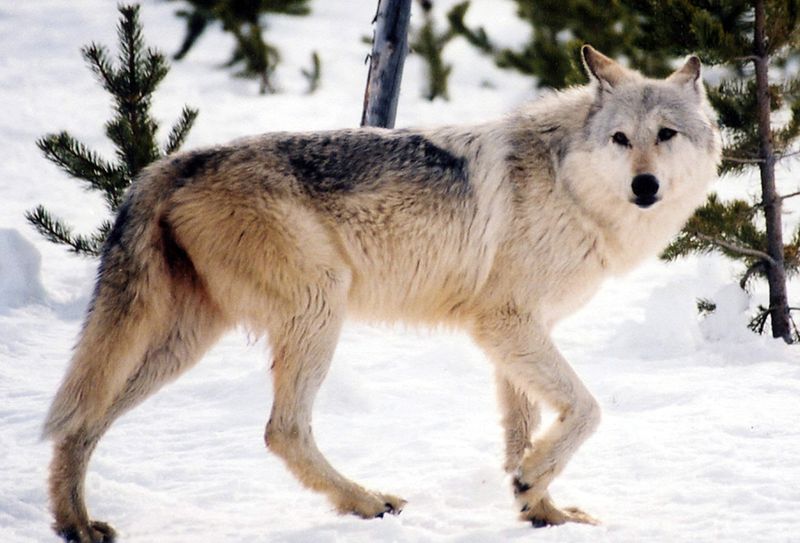
Should wolves be hunted? This question ignites fierce debate between those who see wolves as recovered and those who believe protection should continue.
Some argue hunting creates wariness in wolves that reduces conflicts. Others point to research showing pack disruption can actually increase livestock predation. The controversy highlights how science and values intersect in wildlife management decisions.
11. Genetic Diversity And Pack Survival

From 41 wolves in 1997 to roughly 100 today, the population has stabilized naturally. Researchers track bloodlines through generations, revealing fascinating pack dynamics.
Alpha pairs typically monopolize breeding. When human hunting removes key individuals, packs can splinter. DNA studies show the importance of connectivity between wolf populations for genetic health and long-term survival.
12. Conflict Between States And Conservation
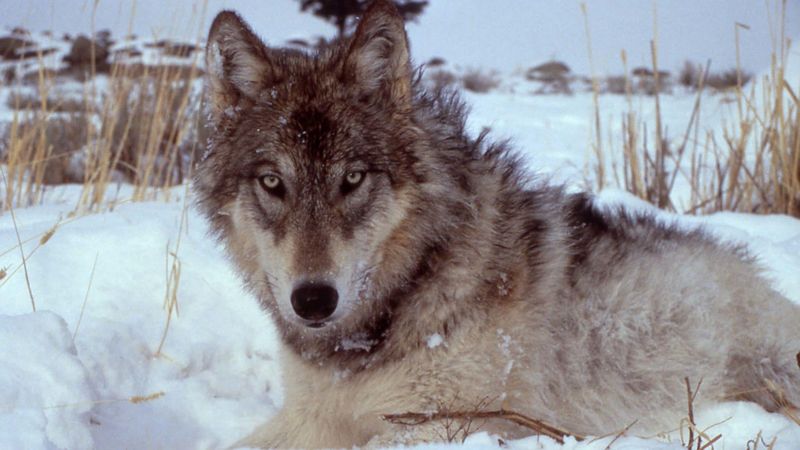
Wolves ignore political boundaries, creating jurisdictional challenges. When wolves step outside federal lands, they often face different management approaches.
Wyoming, Montana and Idaho have implemented hunting seasons, sometimes right up to park boundaries. This patchwork of policies highlights tensions between federal protection and state rights regarding wildlife management.
13. Wolves As A Symbol Of Wild Restoration
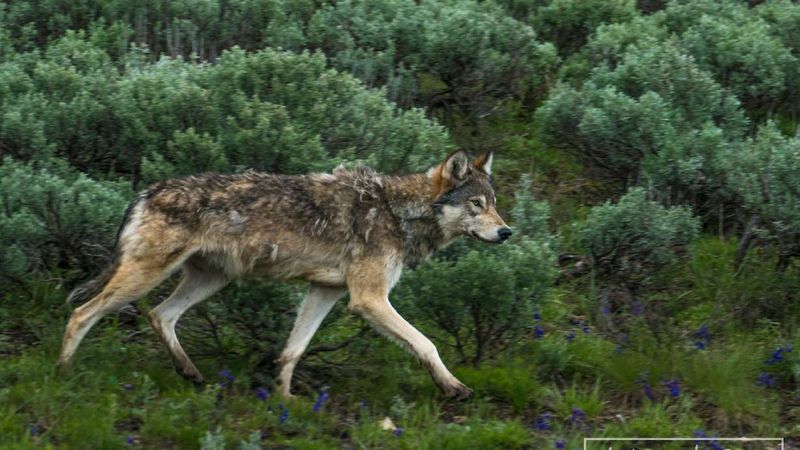
Beyond biology, wolves carry powerful cultural symbolism. For many, their howls represent wilderness restored – a rare conservation success story in an age of extinction.
Indigenous perspectives often emphasize respectful coexistence with wolves. The reintroduction has sparked conversations about our relationship with nature and what constitutes ecological completeness in modern landscapes.
14. What The Future Holds For Yellowstone’s Wolves
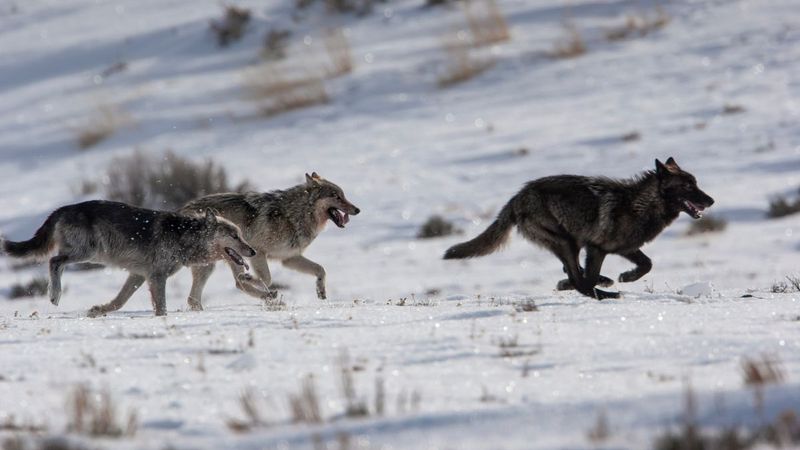
Climate change brings new uncertainties. Warming temperatures affect prey availability, disease transmission, and habitat suitability.
Long-term research continues, with each generation of wolves adding to our knowledge. Perhaps the greatest lesson from 25 years is humility – ecosystems are far more complex than we once believed, and our understanding continues to evolve.

